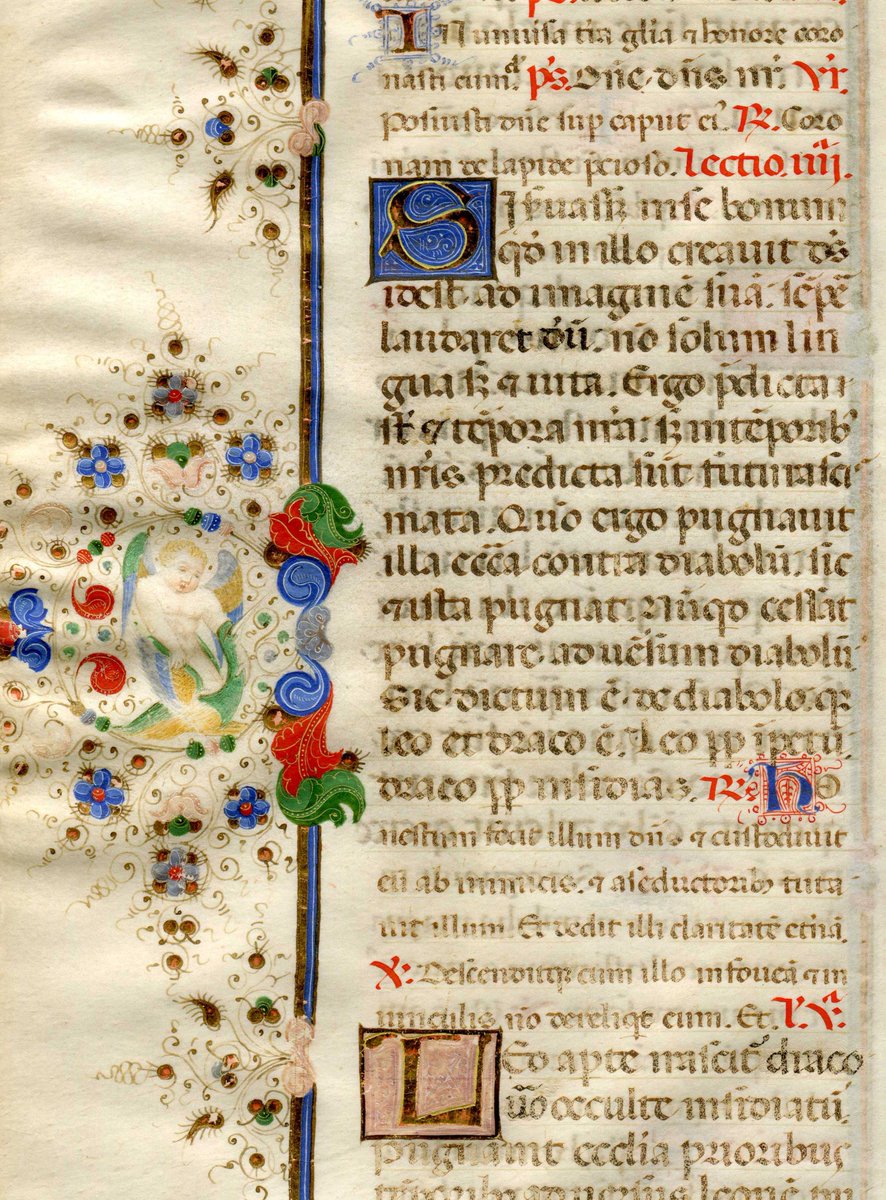
Charles Stewart Rolls also owned this famous manuscript, now known as the Llangattock Breviary after the family's estate in Wales. Originally comprised of more than 500 leaves, it was created for Leonello d'Este, Marchese of Ferrara, by Giorgio d'Almagna in the years 1441-48. 1/ 

https://twitter.com/friendschurches/status/1414459838352998400


The Breviary originally included the bookplate of John Etherington Welch Rolls (1807-1870) and a note by his son John Allan Rolls: "Bought by my grandfather [John Rolls (1776-1837)]...Supposed to have been Peninsular loot. The pictures cut out by soldiers. J.A. Rolls. 1882." 2/
John Allan Rolls became the 1st Baron Llangattock in 1892, and was the father of Charles Stewart Rolls (1877-1910), the aviation and automobile pioneer who with Frederick Henry Royce co-founded Rolls Royce in 1906. 3/
The Victorian mansion known as The Hendre, seat of the Rolls family, was the home of the Llangattock Breviary from the early 19th century until 1958. At the Hendre the Llangattock Breviary shared space with another manuscript known as the Llangattock Hours. 4/
On 8 December 1958, both manuscripts were offered for sale at auction by Christie's. The Llangattock Breviary, which at the time of the sale was still a bound book, was bought by Goodspeeds of Boston, who broke it apart and sold the detached leaves separately. 5/ 



An illustrated digital database of the surviving leaves of the manuscript - including this one - is now maintained on the Broken Books website: 6/
brokenbooks.omeka.net
brokenbooks.omeka.net
• • •
Missing some Tweet in this thread? You can try to
force a refresh
























